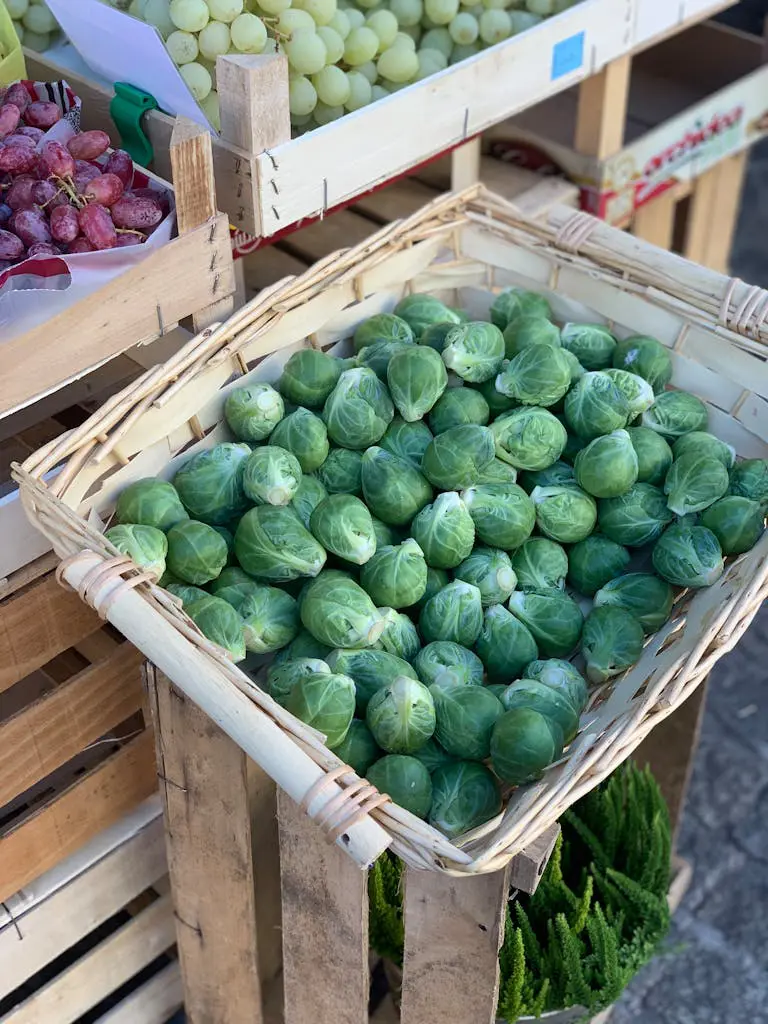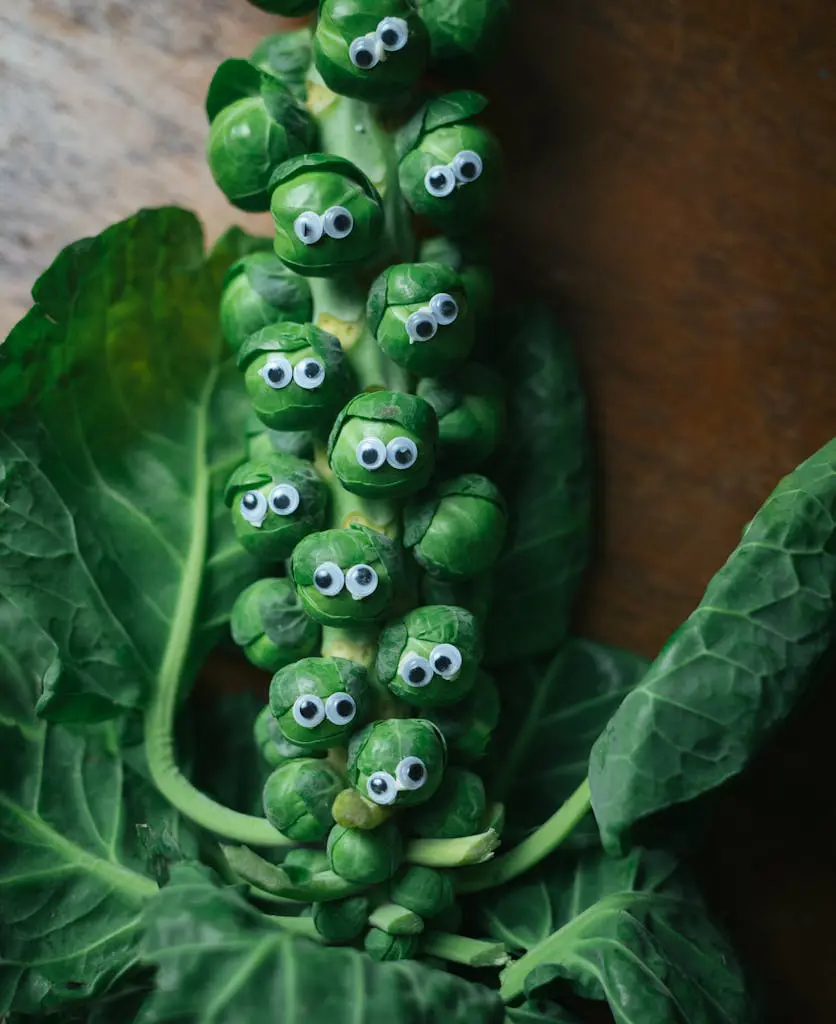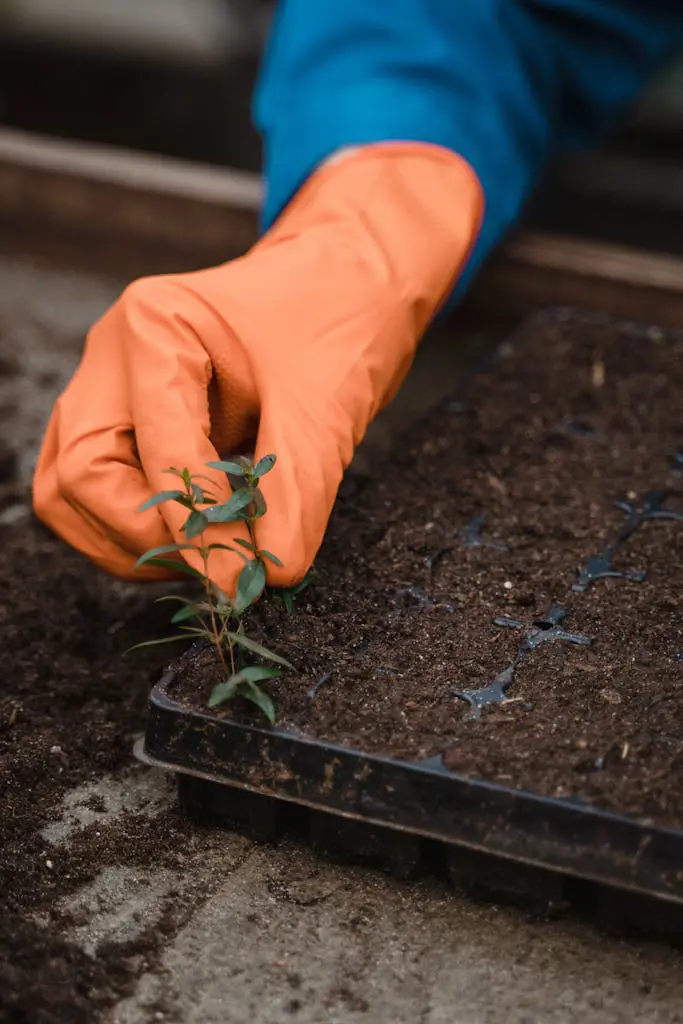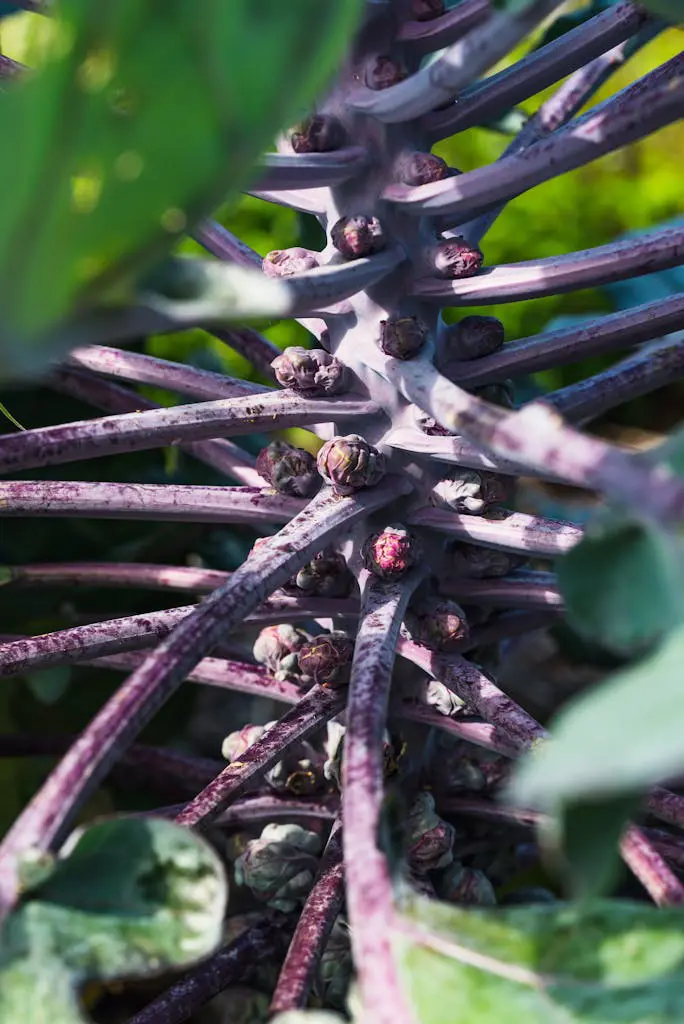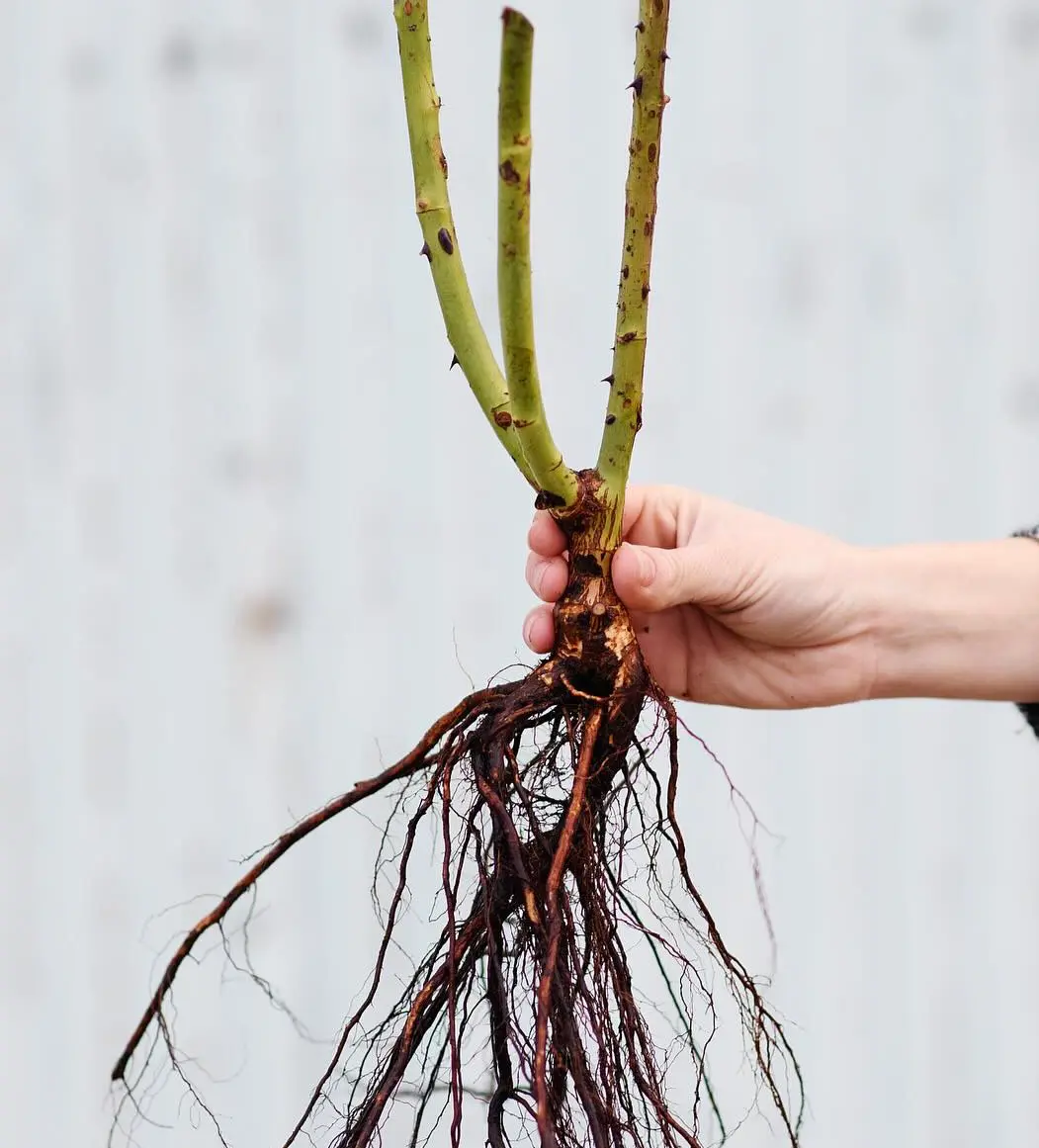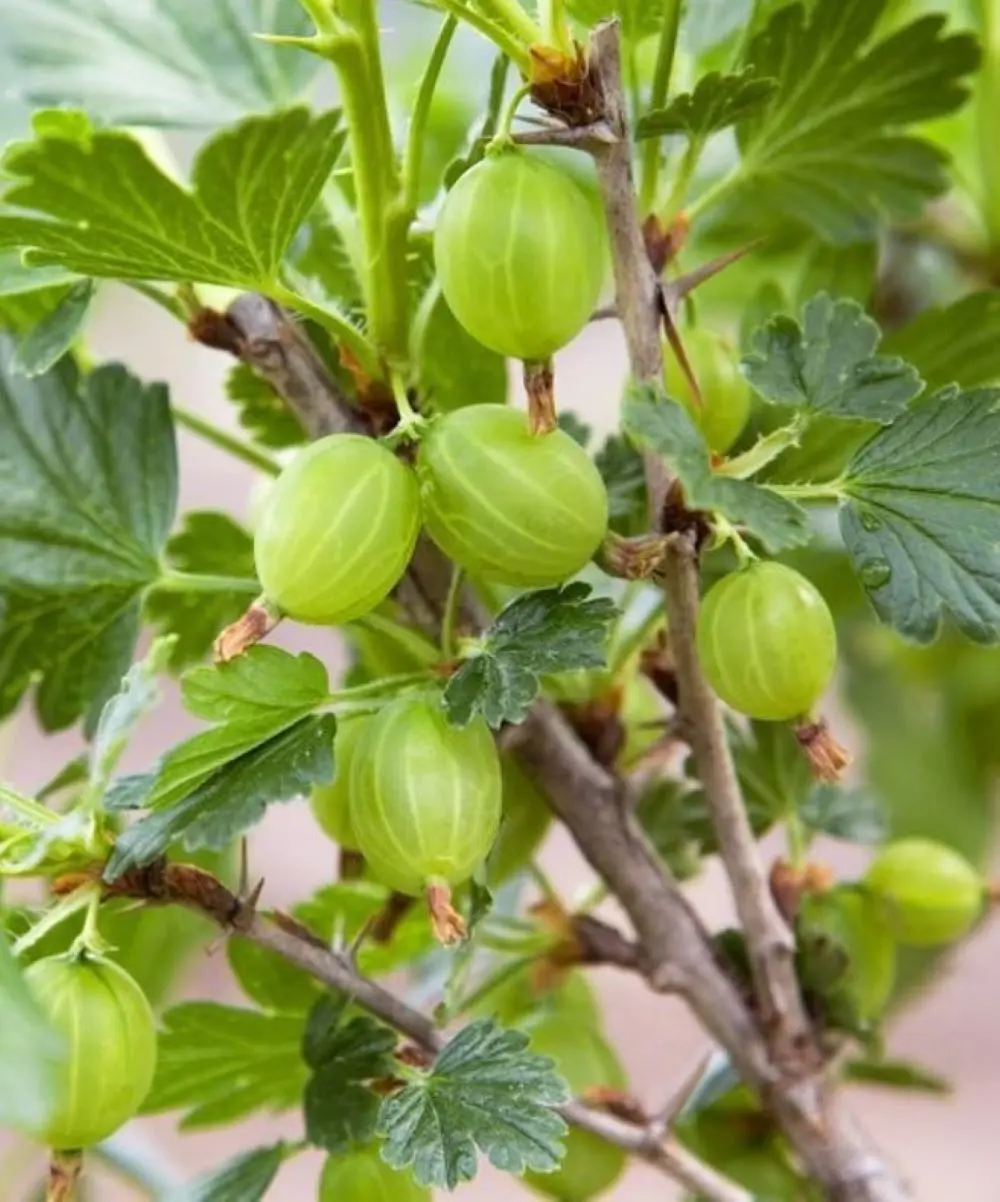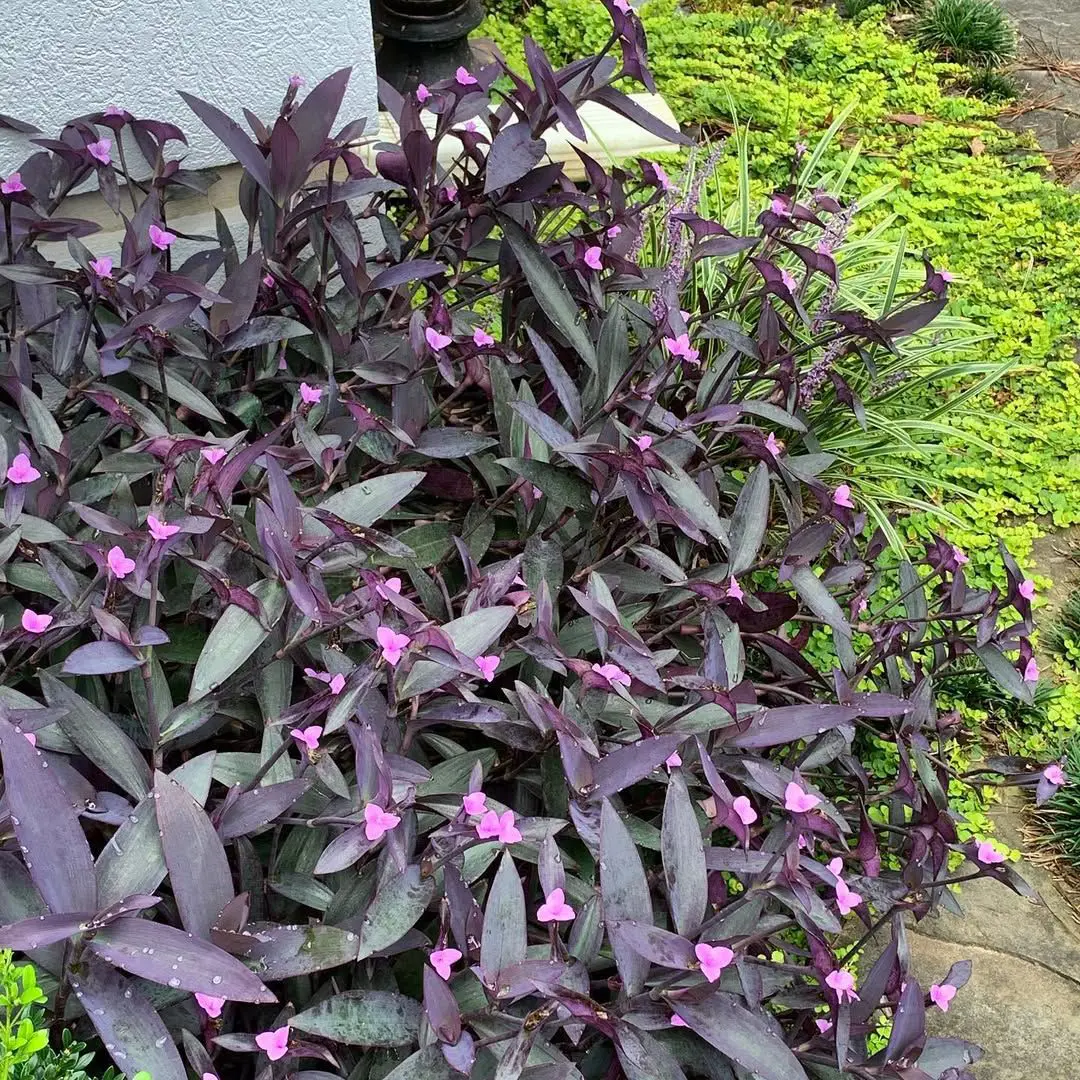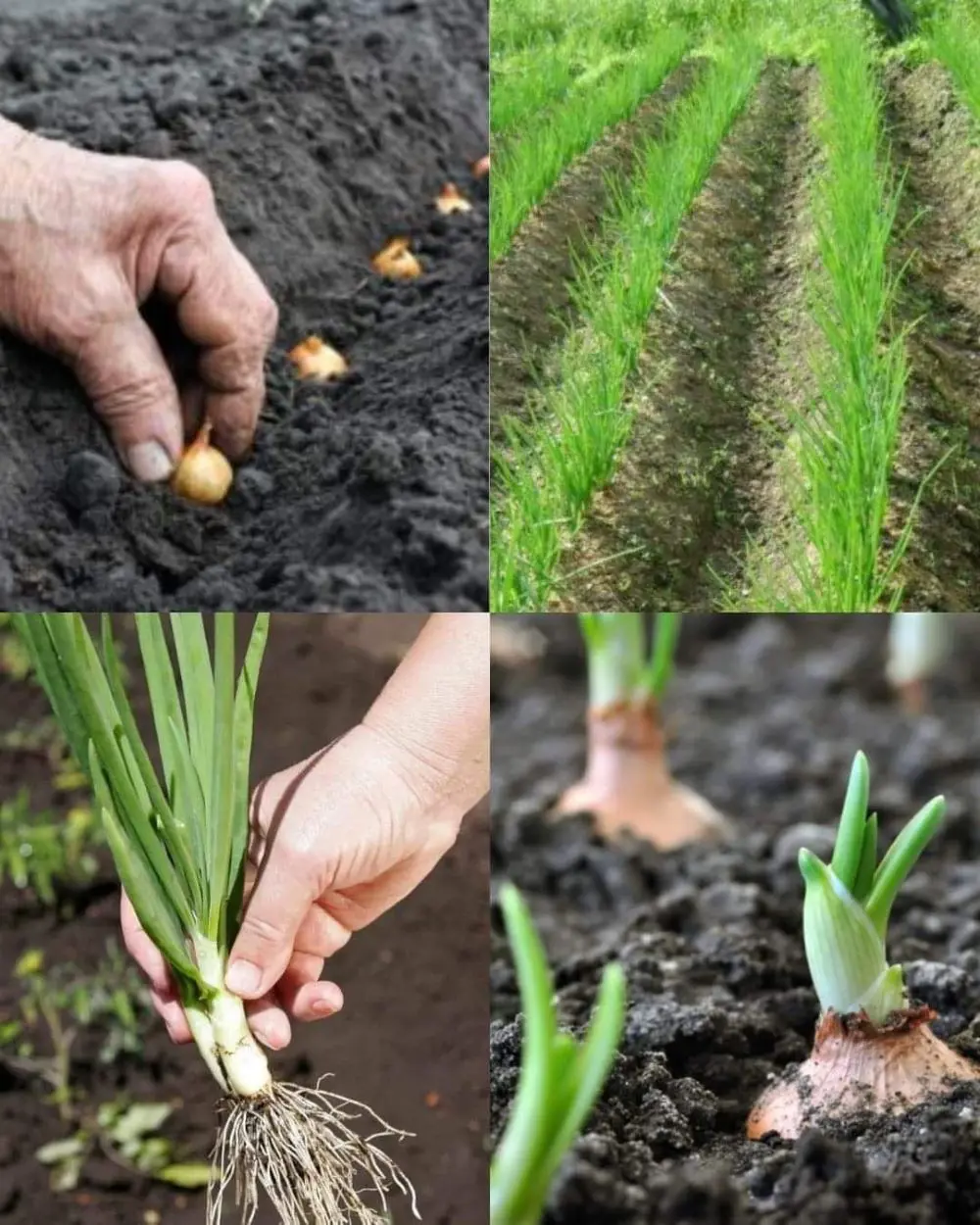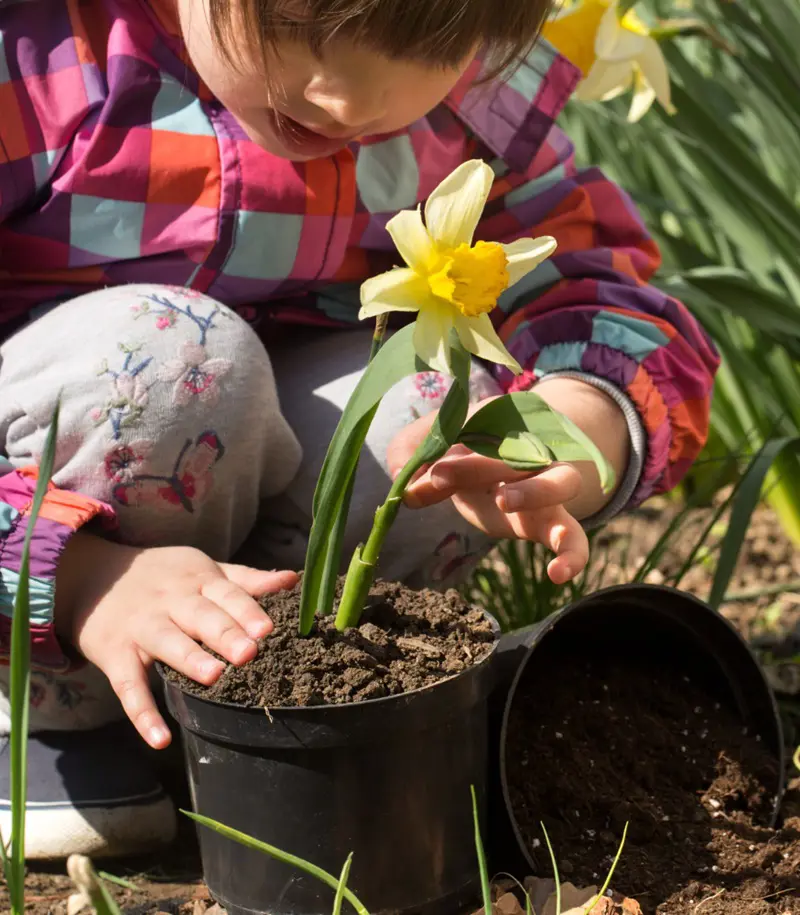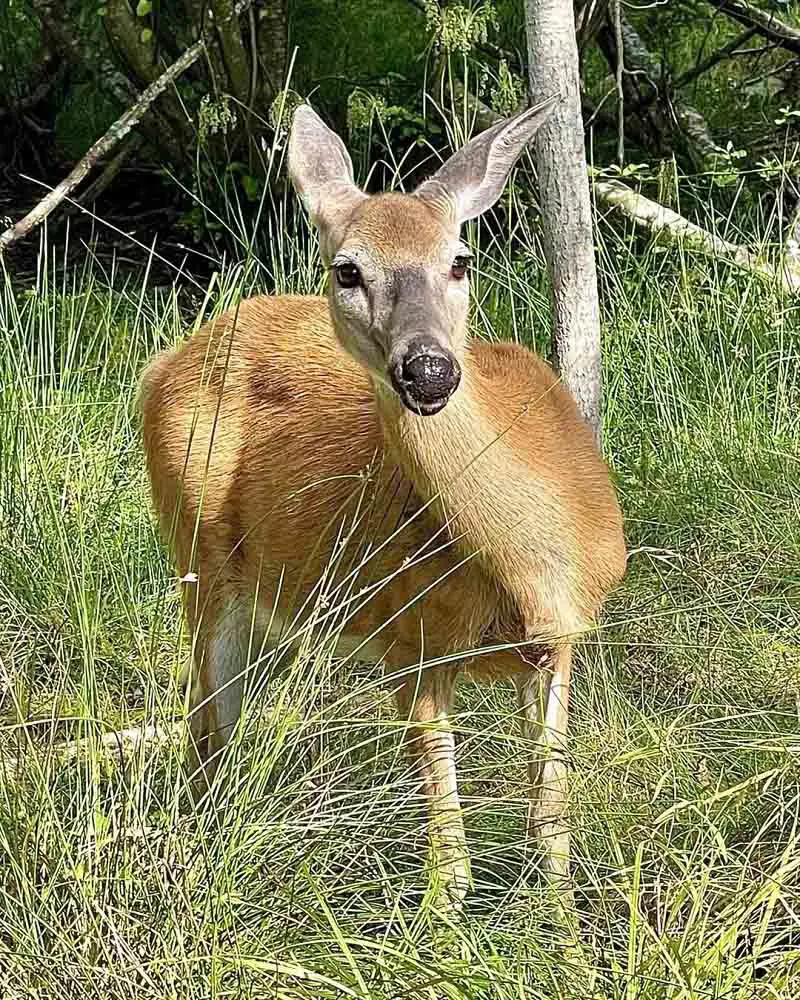Briefly About Brussels Sprouts Origin
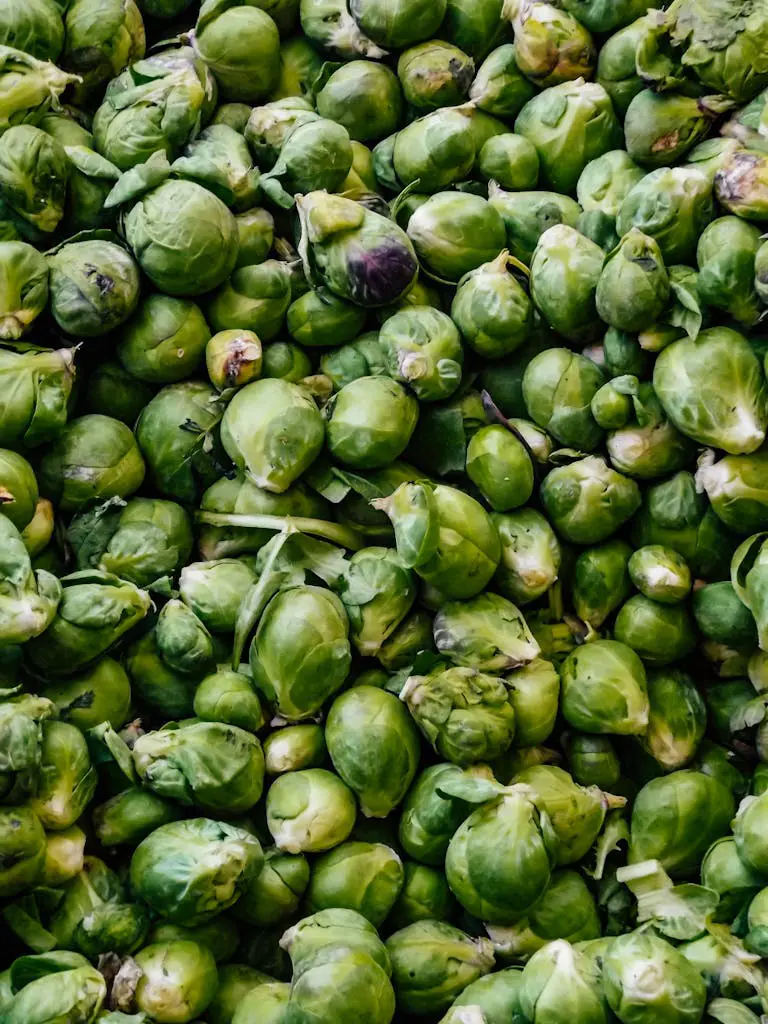
Brussels sprouts were first cultivated in the 16th century in Brussels, Belgium, which they are named after. They are a cultivar or variety developed from the same Brassica oleracea plant species that gave rise to cabbage, broccoli, cauliflower, kale, and other crops through selective breeding over generations.
Brussels sprouts have a fairly long 80-100 day growing season to harvest. They are a cool season crop that produces best quality sprouts when grown for a fall or early winter harvest after experiencing some light frost.
Consistent cool temperatures and ample moisture are needed through the summer growing period. Similarly, protecting plants from pests is also important for getting a good crop.
While not the easiest vegetable to grow due to their specific requirements, Brussels sprouts can be a very rewarding crop to cultivate when done properly. Their unique growth habit of producing edible buds/sprouts along the stem makes a successful harvest an accomplishment for gardeners.
